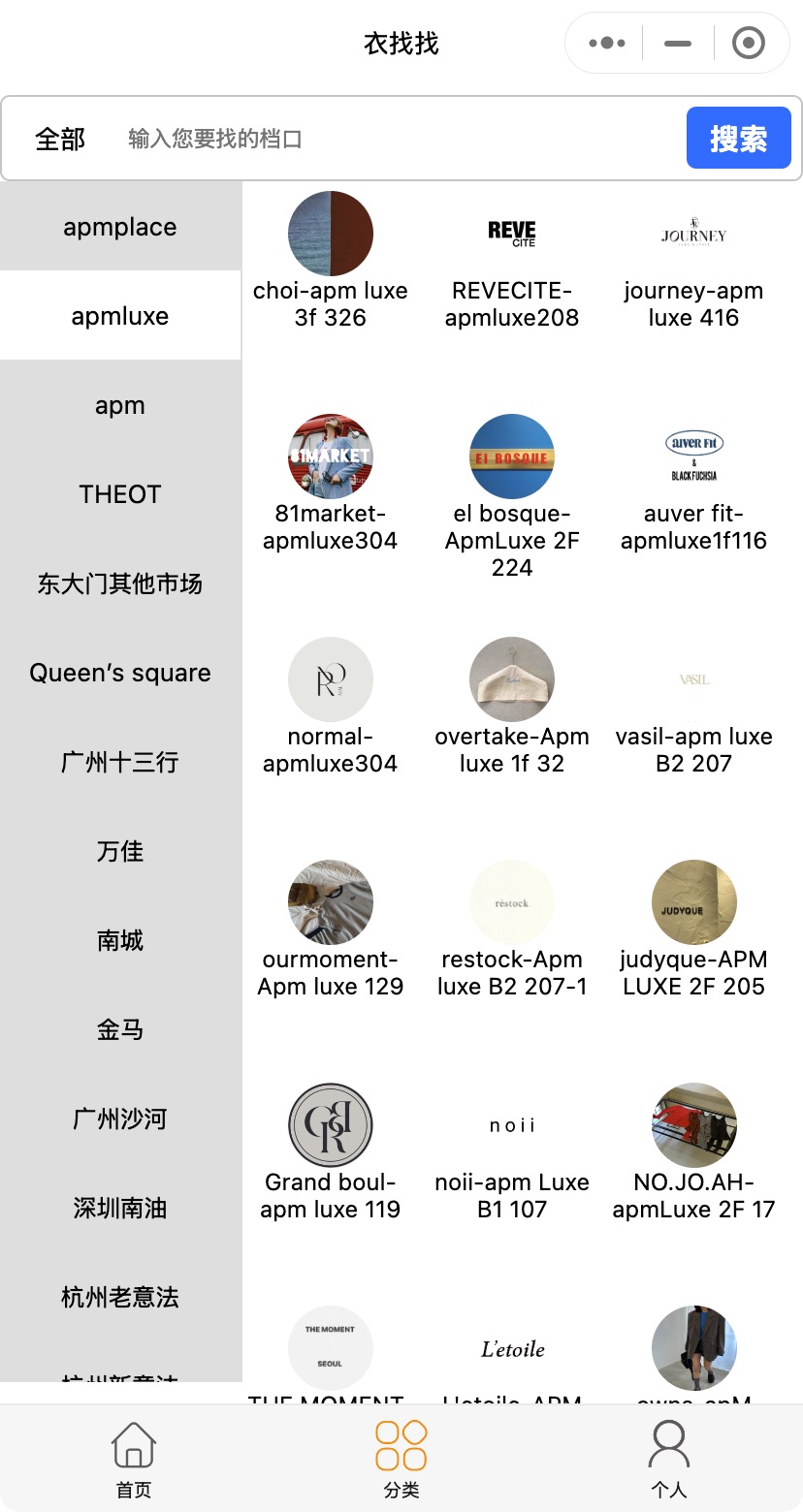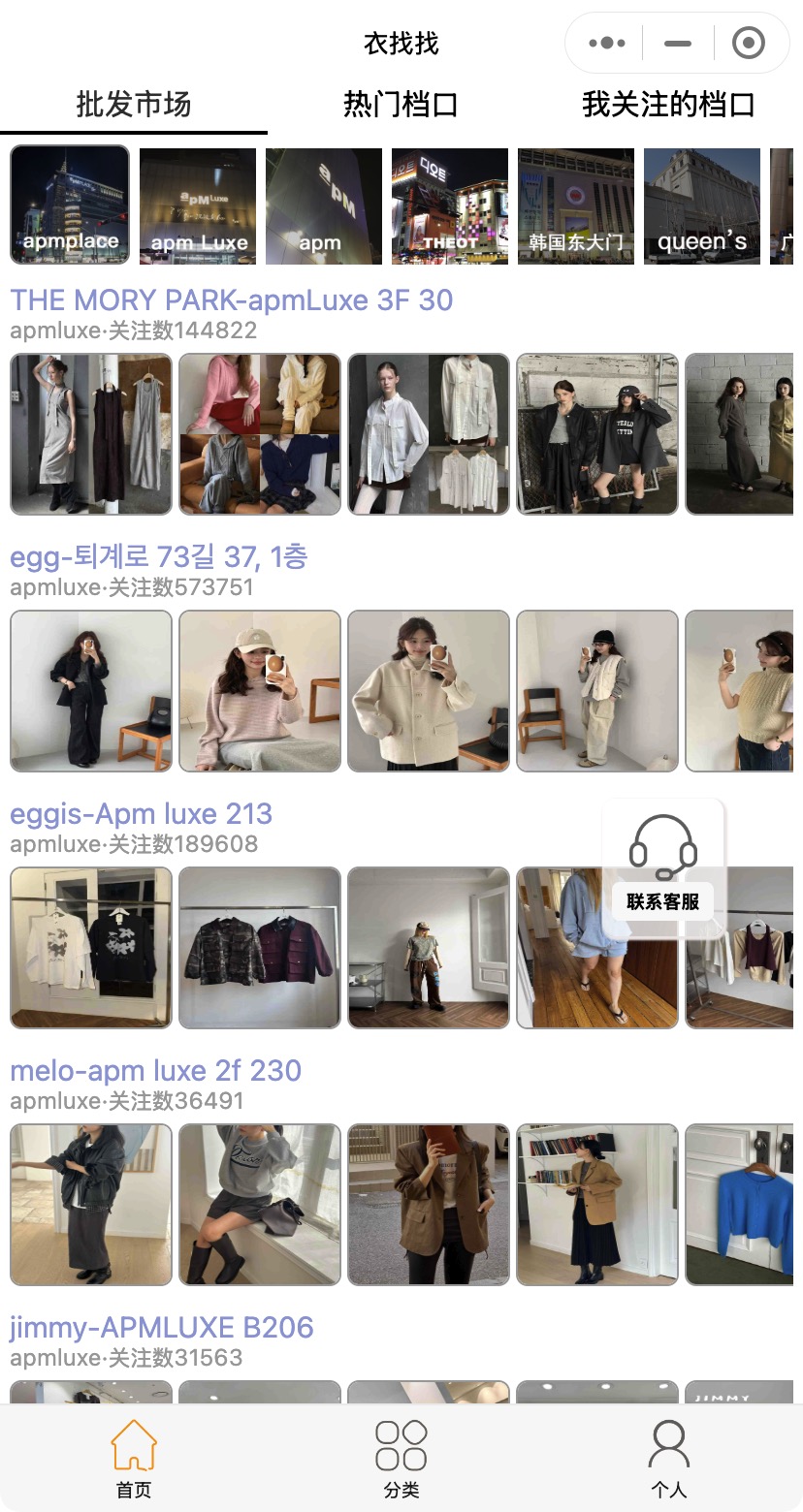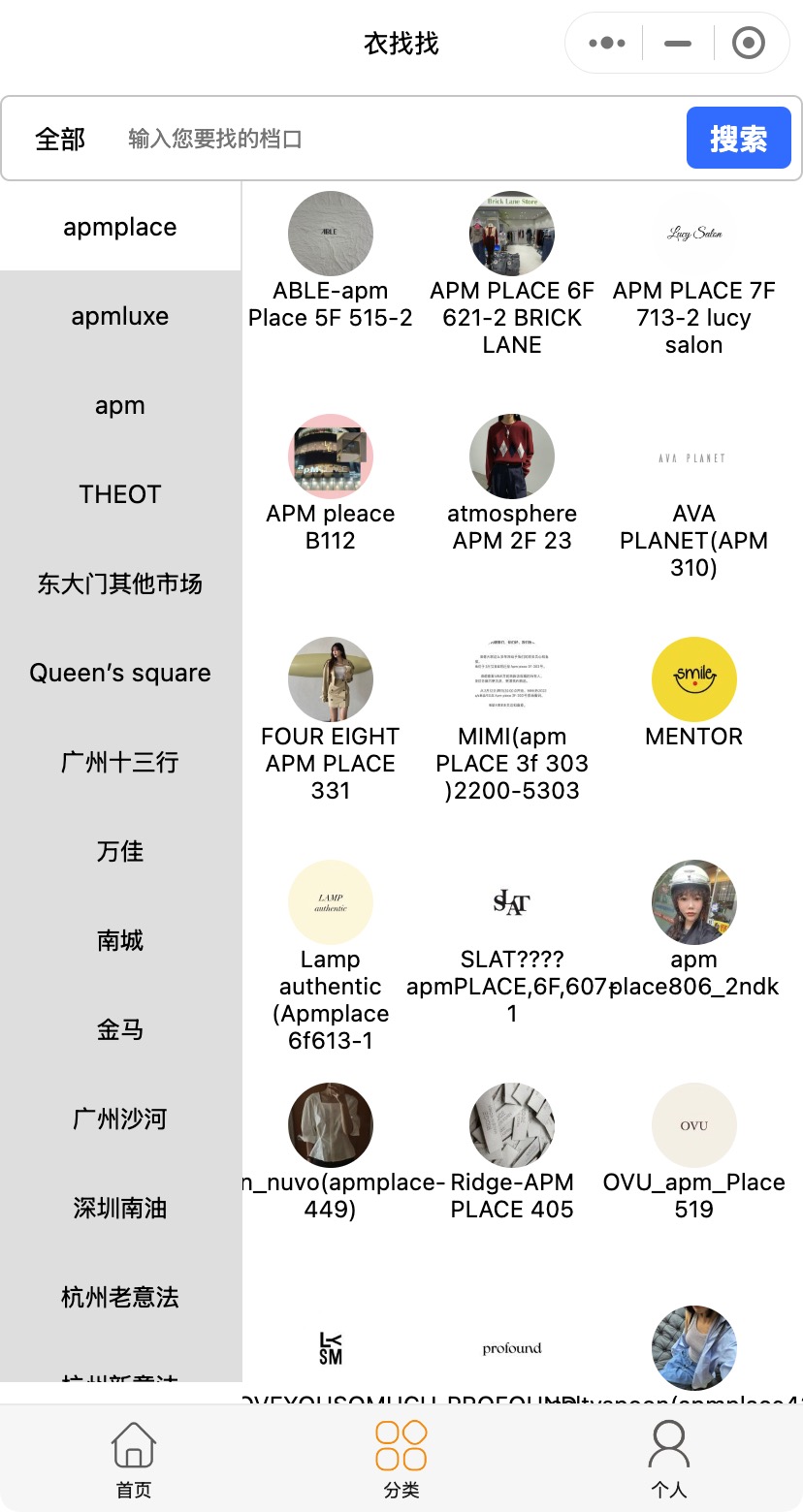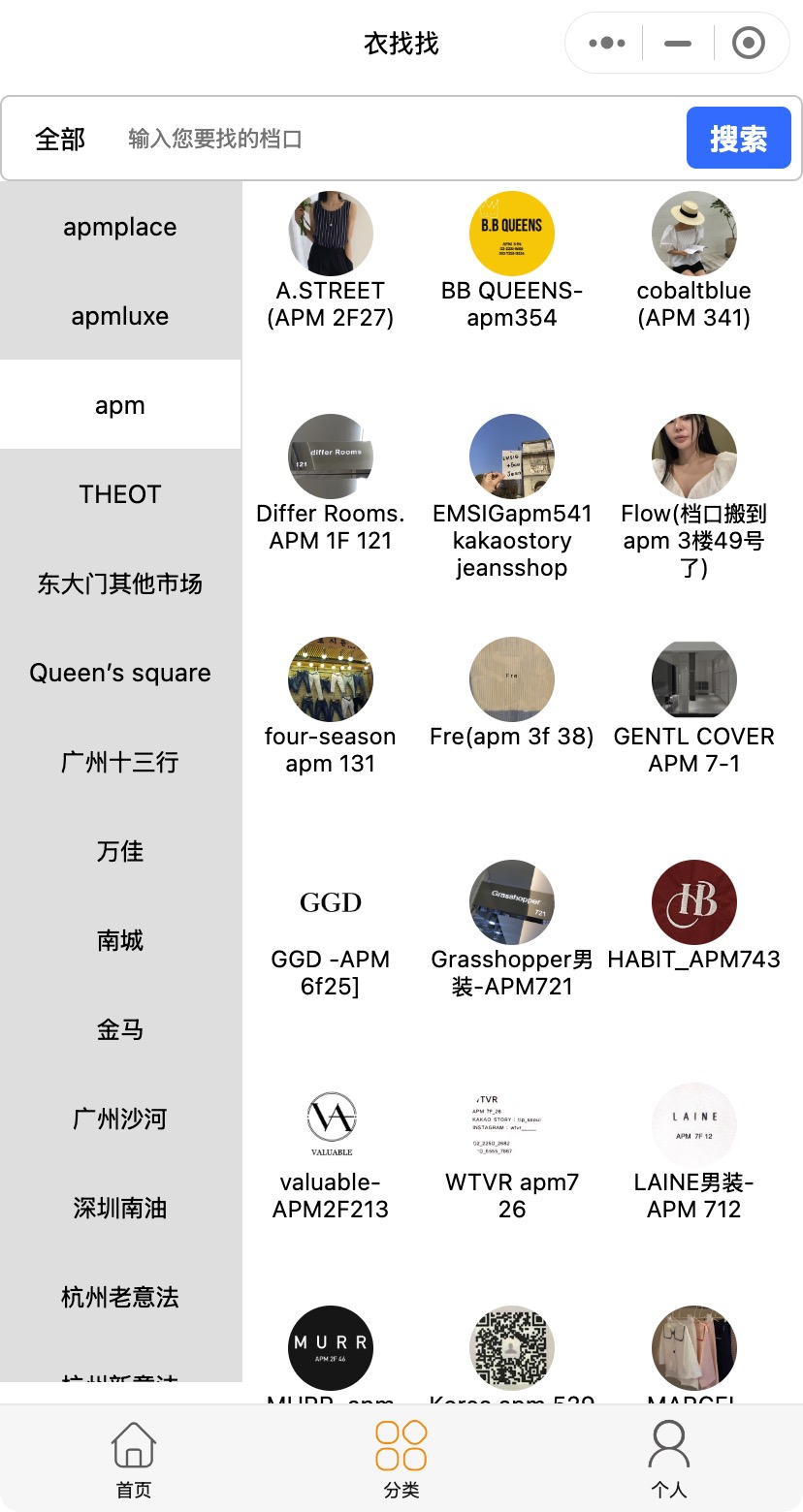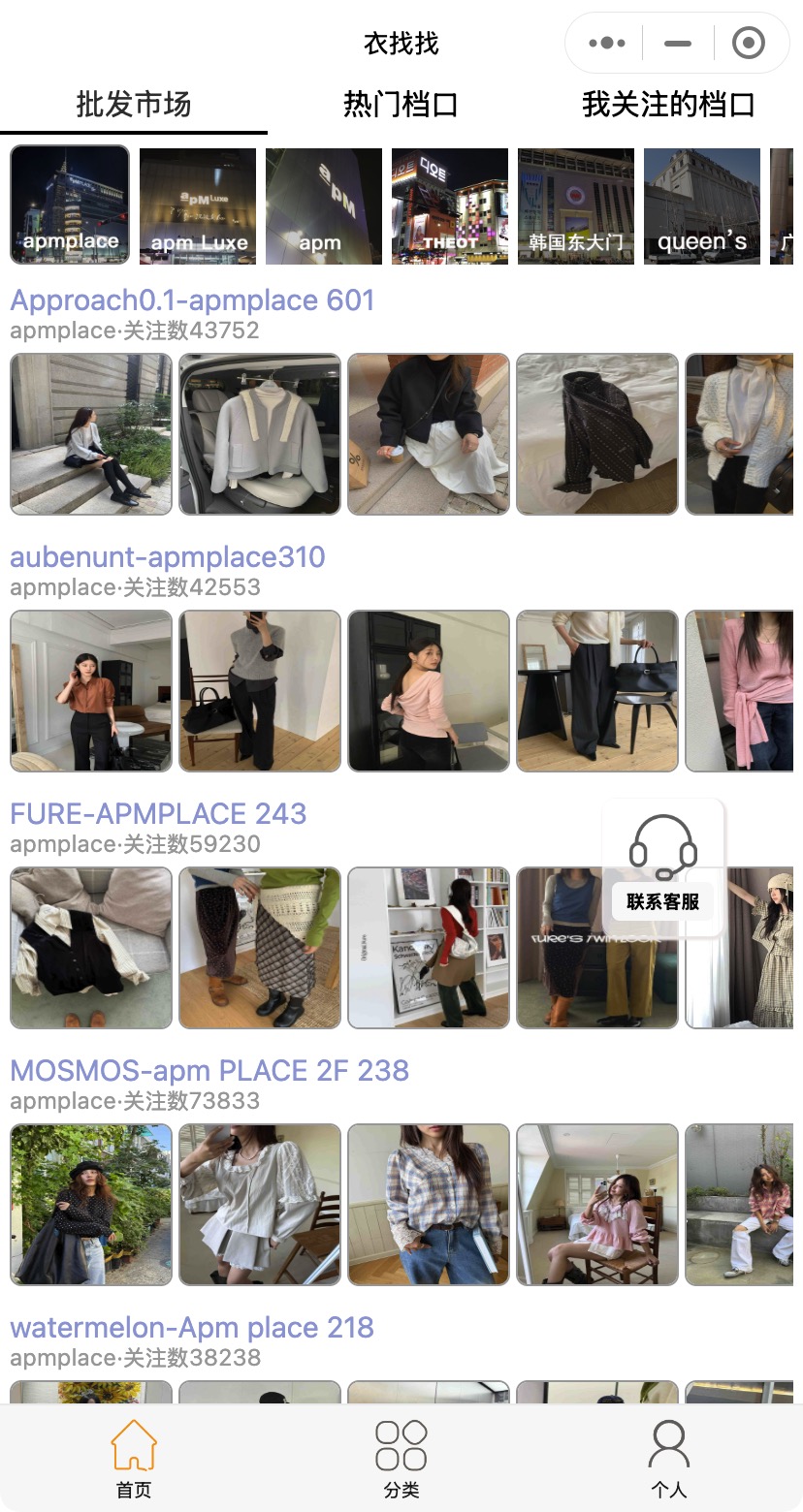For China′s wholesale market information, visit Soudangkou.com at cdn.soudangkou.com . Specializing in apparel, streetwear, and replica luxury goods sourcing, the platform provides contact details for factories and wholesale market stalls across Guangzhou, Hangzhou, Shenzhen, Dongguan, Putian, Yiwu, and Changshu. Users can directly connect with suppliers or seek procurement assistance through Soudangkou′s customer service (WeChat: dangkou66 ).Table of contents
hide
Introduction
I. What Are the Benefits of Importing Products From China to Australia?
II. Steps to Import from China to Australia
Case Study: Import Costs of Bluetooth Earphones from China to Australia
III. Finding Reliable Suppliers in China
IV. Managing Risks
V. Conclusion
Introduction
As an Australian business owner seeking to broaden your range of products and boost revenue, importing from China could be the solution you need. China is known as the world’s manufacturing hub, offering a vast product assortment at affordable rates.
The country’s booming economy, versatile production capabilities, and competitive labor costs make it a prime destination for Australian businesses. In this comprehensive guide, we will examine all the crucial aspects of importing from China to Australia.
So let’s delve into the details and learn how sourcing products from China can offer your business the competitive advantage it needs to succeed.
I. What Are the Benefits of Importing Products From China to Australia?
Key Points:
● China is an important player in the global market, making up 27% of all imports to Australia.
● Importing from China provides access to a wide range of quality products, at an affordable price.
● Low prices are a major benefit of importing from China, as the items tend to be cheaper than those from other countries, allowing businesses to increase their profit margins.
● Access to a wide range of products is also available due to China’s abundant manufacturing capabilities. Items such as electronics, textiles, toys, and plastic products are readily available.
● It also offers customizable production options and flexible payment terms to meet business requirements.
● By sourcing goods from China, businesses can benefit from reduced production costs and a vast selection of products – aiding growth potential.
China is a manufacturing powerhouse, dominating markets worldwide. With an abundance of cheap labor and economies of scale, Chinese goods are highly affordable and packed with potential profits. According to the Australian Bureau of Statistics, in 2020, Australian imports from China reached $81 billion – accounting for a whopping 27% of all imports – proving that China is a key player in the global market.
But it’s not just about cost-effectiveness. Importing from China also opens the door to a vast array of products that cater to different markets and customer needs. So, if you’re looking to diversify your product range, importing from China could be the ideal solution.
Not only that, Chinese suppliers boast a well-established logistic network, making importation to Australia cheaper and more accessible than ever. In fact, many suppliers offer customizable production options and flexible payment terms to adapt to your specific business needs.
Importing goods from China to Australia could be just the solution you need. You’ll benefit from lower production costs and a vast selection of products to choose from. With careful planning and the right supplier, this move could take your business to the next level.
II. Steps to Import from China to Australia
Explore this step-by-step guide designed to assist you in the process of importing from China to Australia.
Step 1: Prepare your documents
When importing products from China to Australia, a Commercial Invoice is essential. It should include an itemized list of imports, their HS codes and values, identities of exporter/importer, and shipping and payment terms.
A Packing List serves as an essential reference for various parties engaged in the shipping process. It encompasses details such as item descriptions, quantities, weights, and dimensions, among other pertinent information.
A Certificate of Origin serves as proof of origin; ensure that the information is accurate and reliable to avoid any issues with customs clearance.
If the value of the goods exceeds AUD 1,000, an Import Declaration must be filled out to show the importer’s obligations.
For ocean freight shipments a Packing Declaration needs to be provided to show the packing materials used in the shipment and a Fumigation Certificate accompanying it.
Additional permits may be required for certain products such as food, cosmetics, or toys; consult the Product Safety Australia website to learn more about relevant rules and regulations.
Documents List
- Commercial Invoice
- Packing List
- Certificate of Origin
- Import Declaration
- Packing Declaration
- Other Necessary Documents (Depend on product)
Step 2: Know Your Import Charges, Duties, and Taxes
-
Import Handling Fee
The Australian Border Force imposes a set import handling fee for each import, which is determined by the shipment’s Customs Value.
Customs Value represents the overall worth of all products in your consignment. For shipments ranging from AUD 1,000 to AUD 10,000, the import handling fee differs according to the method of submission.
– Manual submission or Electronic submission Charge
If your submission is manual, then the charge will be AUD 90, while the electronic submission charge is AUD 50.
– Import processing charge
If your Customs Value falls between AUD 10,000 and AUD 1,000,000, the import processing charge is AUD 192 for manual and AUD 152 for electronic submissions.
-
Import Duty for Customs
Customs Import Duty is a fee applied to all goods brought into the country. It’s calculated based on the value of your shipment. The rate can be anywhere between 0% and 10%, depending on the category of the goods.
For a majority of items shipped from China to Australia, the typical rate is around 5%. So, if the Customs Value of your consignment amounts to AUD100,000, the Import Duty for Customs would be AUD5,000.
But how do you find out the exact duty rate applicable to your shipment? First things first, you need to determine your product’s HS Code. This international system of numerical codes is used to identify the category of goods being shipped. This code is essential for identifying the relevant duty rate for your item.
You can obtain your HS code by searching for your product here.
With your product’s HS Code in hand, you can quickly determine its appropriate duty rate here. It is important to thoroughly research and establish the proper HS Code for your merchandise. Incorrect classification can result in higher duty rates or even legal penalties.
-
Goods & Services Tax (GST)
This tax is relevant to a wide range of imported products, irrespective of your registration for GST. But, what precisely defines taxable importation, and how do you calculate it?
Taxable importation is determined by adding the customs value of the shipment, any customs duty payable, and the cost of insuring and transporting the goods to Australia. Let’s take a look at this example:
GST Calculation
For example:
– Prerequisite:
Imported items Value = AUD 10,000
Customs Duty = 10,000 * 5%= AUD 500
Shipping Cost = AUD 500
Shipping Insurance= AUD 20
– GST Calculation:
GST Rate = 10%
Taxable importation = Imported Items Value + Customs Duty +Shipping Cost + Shipping Insurance = AUD 11,020
GST = Taxable importaion * 10% = AUD 1,102
Total Amount = Taxable Importation + GST= AUD 12,122
While this may seem like an additional expense, it’s important to factor in the GST when budgeting for your importation costs.
Step 3: Check the Labeling Requirements
You can’t just send your goods over without ensuring they meet labeling requirements. Some products necessitate the inclusion of a trade description label prior before they’re allowed entry to the country.
A trade description refers to a declaration or explanation regarding the method of manufacturing, selecting, packaging, or other preparation processes for the goods. It must be presented in English and should contain information about the country where the items were produced, along with a precise and accurate depiction of the goods themselves.
Naturally, not every imported item demands labeling. However, if your products need labels and fail to adhere to these rules, Australian Customs will confiscate them. The Australian Border Force has a comprehensive list of all the goods that fall under this requirement, which you can check out.
Make sure you know whether or not your goods require labeling. If they do, ensure that you follow all of the regulations. When in doubt, seek legal guidance or consult with an expert in the field. By doing so, you can avoid potentially costly and frustrating setbacks.

Step 4: Check Your Eligibility for Concessions on Import Duties
If you’re planning on importing goods to Australia, you may be eligible for some great concessions and discounts on import duties. Australia and China have a free trade agreement that came into effect back in 2015. This agreement helps eliminate some barriers to international trade and investment between the two countries.
Known as the China-Australia Free Trade Agreement (ChAFTA), this deal can lead to substantial cost reductions for your company! By obtaining a ChAFTA Certificate of Origin, you can eliminate the tariffs usually applied to certain types of goods. That means you can import products from China without worrying about additional fees and charges eating into your profits.
All you need to do is apply for a ChAFTA Certificate of Origin. Fortunately, the application process is fairly simple and based completely online.
The list of goods eligible for ChAFTA is quite extensive. It includes a range of items from agricultural products to manufactured goods, minerals, and more. In fact, over 95% of Australian exports to China are eligible for ChAFTA benefits, so your chances of qualifying are quite high!
Sometimes, concessions on tariffs are also granted on goods that have no substitutes made in Australia. This allows you to import them either for free or at very reduced rates. Moreover, if you’re short on cash flow, you can even opt for a deferred payment of the duty.
You can find more details and information on the Tariff Concession System website, where the Australian government publishes updates and announcements about concessions and benefits given for various goods.
Follow these simple steps and you’ll be on your way to bringing in your imported goods. Just remember to do your research when choosing suppliers and work with a reliable logistics provider. Don’t let the complexities of importing hold your business back!
Case Study: Import Costs of Bluetooth Earphones from China to Australia
This case study will provide you with a comprehensive analysis of the import costs associated with importing Bluetooth earphones from China to Australia. We will examine different variables, like shipping charges, import taxes and duties, exchange rates, and other related costs.
We will also analyze the impact of these factors on the total cost and identify any potential issues that may arise along this process.
Cost Structure Analysis
1. Shipping Charges
Shipping charges for Bluetooth earphones from China to Australia depend on factors such as the weight and volume of the shipment, shipping method (air, sea, or land), and the chosen shipping company. On average, the shipping cost for a package of 100 Bluetooth earphones weighing 10 kg is approximately:
Air Freight: $150 – $200
Sea Freight: $80 – $120
2. Import Taxes and Duties
- Tariffs: 0%Bluetooth earphones fall under the Harmonized System (HS) code 8517.62.00. According to the Australian government, the tariff rate for this product category is 0% under the Free Trade Agreement between China and Australia.
- Duties: 0%
There are no additional import duties applied to Bluetooth earphones imported from China to Australia.
- Taxes: 10%A 10% Goods and Services Tax (GST) is levied on the final import amount, encompassing the product’s price, global transportation, insurance charges, and any relevant customs fees.
3. Exchange Rates
The exchange rate between the Australian Dollar (AUD) and the Chinese Yuan (CNY) can significantly impact the total cost of importing Bluetooth earphones from China to Australia.
Fluctuations in the exchange rate can result in an increase or decrease in the AUD value of the imported goods. It is essential to monitor the exchange rate and consider any potential fluctuations when planning imports.
4. Other Related Costs
Other related costs may include:
- Customs clearance fees:Approximately $50 – $100 per shipment
- Insurance costs:Typically 0.5% to 2% of the shipment value
- Warehousing and storage fees:Vary depending on the location and duration
Based on the data we’ve covered, the average total cost of importing a package of 100 Bluetooth earphones from China to Australia can be calculated as follows:
Calculation Formula for Importing BT Earphone from China

Potential Issues When Importing Bluetooth Earphones from China to Australia
-
Regulatory compliance:
Ensure that the imported Bluetooth earphones comply with Australian safety and quality standards, such as the Australian Communications and Media Authority (ACMA) regulations for radiofrequency devices.
-
Intellectual property rights:
Importers should ensure that the Bluetooth earphones do not infringe upon any patents, trademarks, or copyrights held by other companies in Australia.
-
Supply chain disruptions:
Delays in production or shipping can impact the delivery of Bluetooth earphones to Australia. Importers should maintain open communication with suppliers and shipping partners to mitigate potential issues.
III. Finding Reliable Suppliers in China
To find a Chinese manufacturer, first conduct extensive market and industry research. Look into product customization, positioning, certifications, materials, language, cost, transportation, and payment. Next, use various channels to find manufacturers, such as online wholesale websites, trade fairs, Google searches, referrals, or visiting China’s wholesale markets.
You can also partner with a reliable sourcing company to access manufacturers not listed on eCommerce platforms. Be as thorough as you can to identify and establish a lucrative relationship with a reliable supplier.
IV. Managing Risks
When contemplating importing goods from China to Australia, it’s important to recognize the potential risks involved. Here’s a list of potential issues and how to mitigate them:
Risk 1 : Product Quality Issues:
Poorly made products could damage your business reputation. To avoid receiving subpar products, choose a reputable manufacturer with a proven track record. Before finalizing a sizable purchase, ask for sample items and perform comprehensive quality checks. Stay up-to-date with import requirements and tariff changes to prevent potential issues.
Risk 2 : Customs Clearance Delays:
Customs authorities may hold or examine your goods, causing delays and disrupting your operations. You can mitigate this risk by ensuring all necessary documents are complete and accurate, selecting reliable freight forwarders, and staying informed about changes in customs clearance procedures.
Risk 3 : Intellectual Property Theft:
Your product or brand could be copied or stolen, leading to lost revenue and legal disputes. Use trademarks and patents to protect your intellectual property, work with reputable partners, and consider registering your products with customs authorities.
Related Blog: How to Protect Your Intellectual Property in China?
Risk 4 : Payment Fraud:
Scammers may pose as legitimate suppliers and steal your money or personal information. To prevent this, use secure payment methods, verify the identity of your suppliers, and conduct due diligence before making any payments.
Risk 5 : Language and Cultural Barriers:
Miscommunication and cultural differences can lead to misunderstanding and errors. To overcome this, hire a reputable translator or interpreter, have clear and concise communication with your suppliers and partners, and learn about Chinese culture and business practices.
By managing these risks proactively, you can avoid potential problems and ensure a successful importing experience.
V. Conclusion
Importing from China can present numerous opportunities for your business to expand and increase profits. Importing goods from China to Australia comes with a plethora of advantages. Benefit from flexible product variety and low production costs by partnering with a reliable supplier. Do your research and establish clear communication to ensure success.
Mitigate risks by creating thorough terms and agreements, inspecting goods, and seeking professional advice on legal and licensing requirements. By managing the risks and building solid relationships, you can expand your product lines and increase your profit margins.


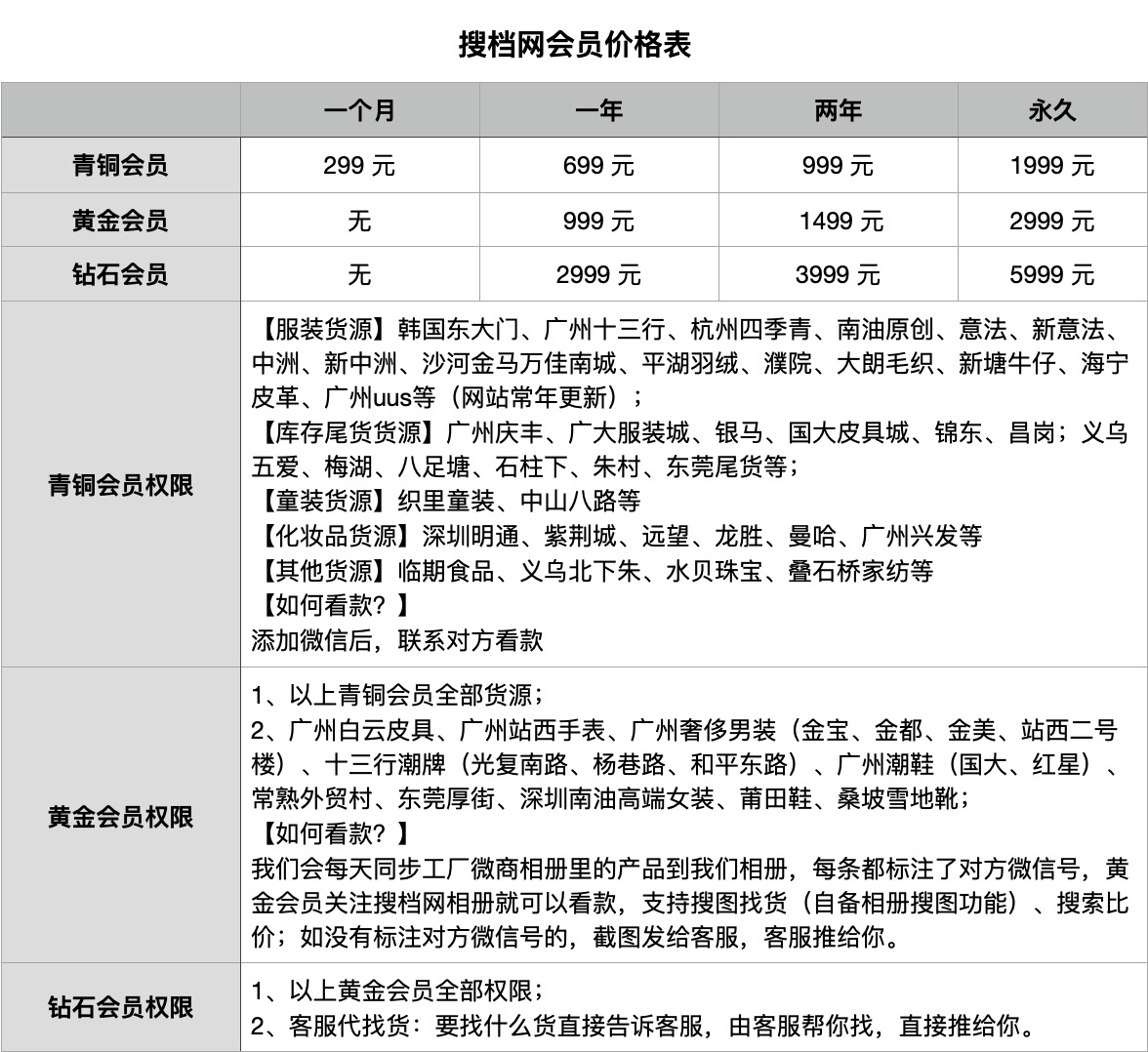

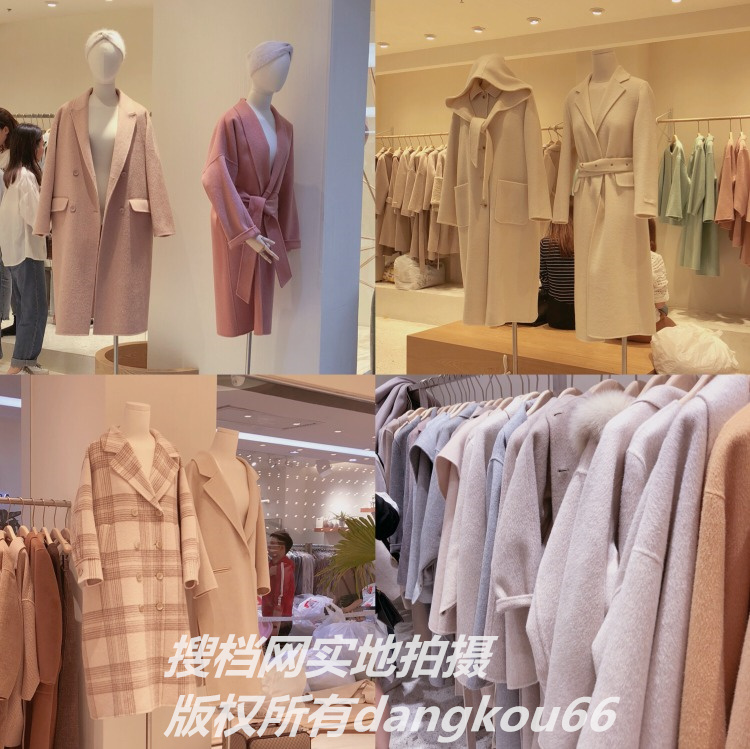
![Must-See for New Store Owners! In-Depth Analysis of Nanyou Building 108’s [34 Bestselling Wholesalers]! Bestsellers, Designer Styles, and New Chinese Chic All in One Place!](https://cdn.soudangkou.com/2025/10/20251031022627852.png)
